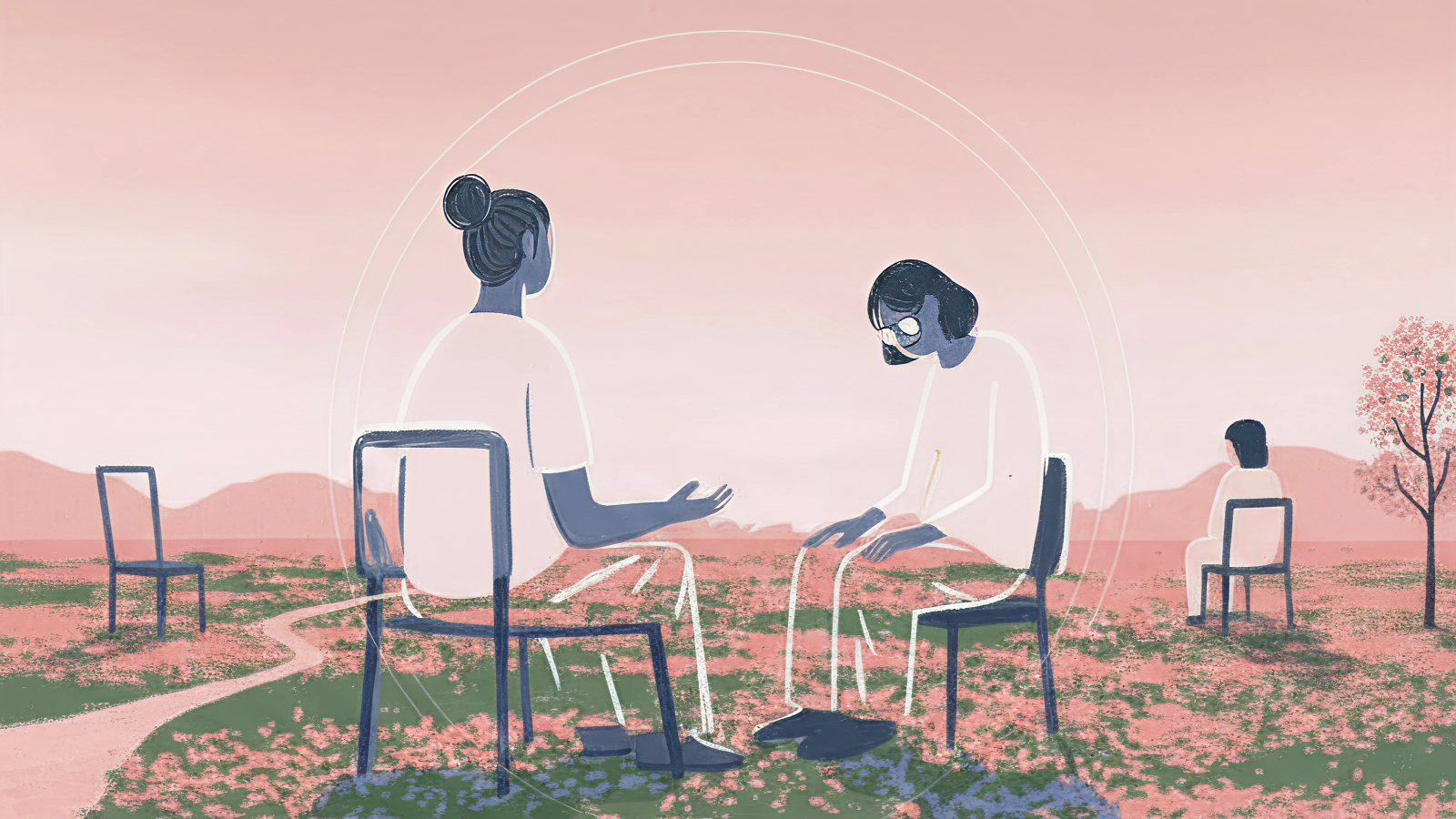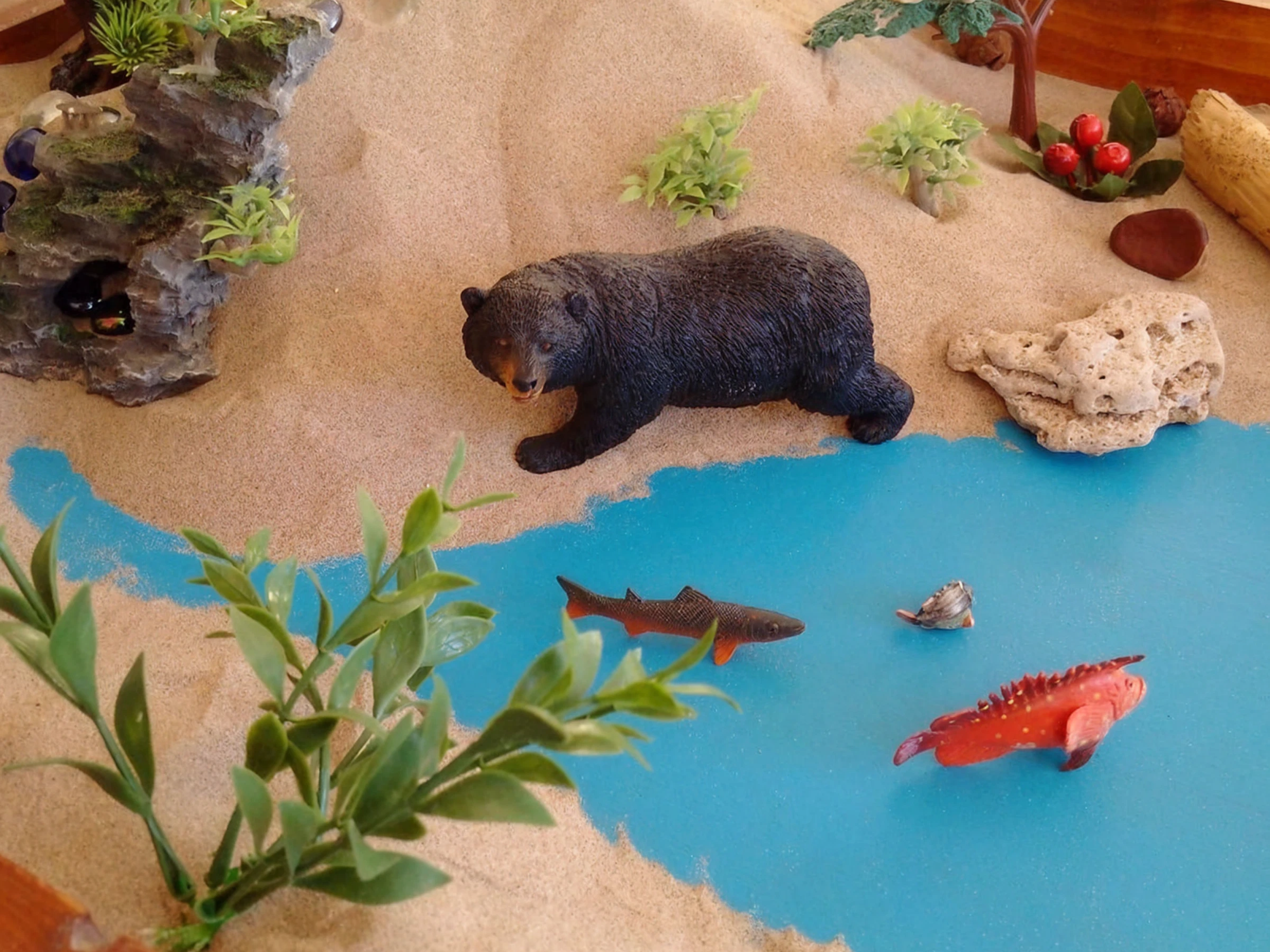
What Is Counselling After All?
Counselling is often misunderstood. Some people imagine it as visiting a doctor's clinic, receiving a "dose" of advice, and expecting life to be cured. In reality, counselling is something much more human and relational.
The general definition of "counsel" is: the act of exchanging opinions and ideas, especially as solicited from a knowledgeable person. By "knowledgeable", counsellors are trained to listen to people's thought processes, to help them consider matters from different points of view, to inspire people towards personal development, and to facilitate them to find their own answers.
Rather than providing solutions, counselling invites you to discover your own wisdom and strength.
Listen & Reflect
Help you hear your own thoughts more clearly
Inspire & Explore
Encourage personal development through different perspectives
Strengthen
Strengthen your ability to face difficulties with confidence
A Laboratory of the Self
Think of the counselling room not as a clinic, but as a laboratory of the self. Here, clients can reflect on their experiences, test ideas, and rest before re-entering the challenges of everyday life.
Sometimes, counsellors may offer guidance, but their primary role is to act as a sounding board—helping clients hear themselves more clearly. Counselling is not only for those in crisis. It can also be a process of reflection, growth, and adaptation at any stage of life.

Sandplay Therapy
Sandplay is a unique form of expressive therapy that invites both children and adults to create worlds in the sand. In this method, clients select figurines, symbols, and objects, and place them into a tray of sand to build a scene—sometimes playful, sometimes profound. This creative act taps into the unconscious. The miniatures chosen, the way they are arranged, and the story that emerges often reveal hidden emotions, unresolved conflicts, and deep inner resources.
Non-Verbal Expression
Express feelings through creative play when words feel inadequate
Healing Through Play
Healing truths emerge through everyday creative play
Safe Exploration
Explore difficult emotions in a safe, contained space
Bridge Conscious & Unconscious
Builds a bridge between conscious and unconscious mind
The Origins of Sandplay
Sandplay was pioneered by Dora Kalff, who drew on the work of Carl Jung and Margaret Lowenfeld. Kalff believed that healing truths often surface through everyday creative play.
Over time, she discovered that what began as a child therapy method could be equally transformative for adults.
Who Can Benefit
Psychologically, sandplay builds a bridge between the conscious and unconscious mind. As people surrender to the process, fears and rigid patterns begin to soften. The images in the sand mirror back inner struggles, and reveal new possibilities, courage, and hope.
Sandplay therapy can be especially powerful for those facing anxiety, grief, or emotional blocks that feel beyond words. It provides a gentle, non-judgmental way to explore the psyche and nurture transformation.